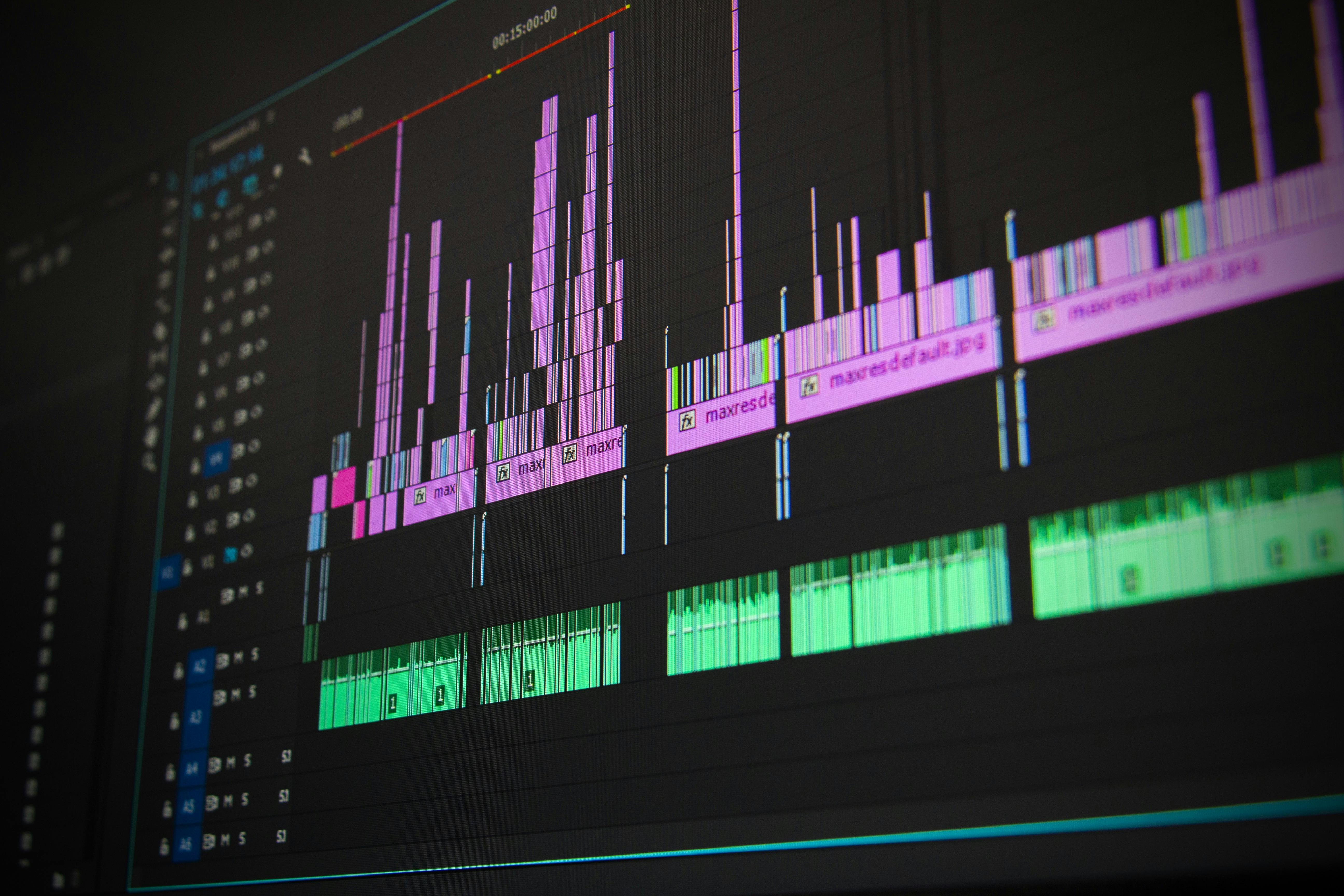Holographic Haptics: Touch the Virtual Future
In a world where virtual reality and augmented reality are becoming increasingly prevalent, one crucial element has been missing: the sense of touch. Enter holographic haptics, a groundbreaking technology that promises to revolutionize how we interact with digital content. This cutting-edge innovation combines light-based holograms with tactile feedback, creating a truly immersive experience that bridges the gap between the virtual and physical worlds.

The Science Behind Holographic Haptics
At its core, holographic haptics relies on two key components: holographic displays and haptic feedback systems. Holographic displays use light interference patterns to create three-dimensional images that appear to float in mid-air. These images are typically generated using lasers or advanced LED arrays, creating lifelike visuals that can be viewed from multiple angles without the need for special glasses or headsets.
The haptic feedback element comes into play when users attempt to interact with these holograms. Advanced sensors track the position and movement of a user’s hands, while sophisticated algorithms predict where and how they’ll make contact with the virtual object. This information is then used to trigger haptic actuators – devices that create tactile sensations through vibration, air pressure, or even ultrasound waves.
From Concept to Reality: Current Applications
While holographic haptics is still in its early stages, several companies and research institutions are making significant strides in bringing this technology to life. One notable example is the HaptoClone system developed by researchers at the University of Tokyo. This setup uses ultrasound waves to create tactile sensations in mid-air, allowing users to “feel” holographic objects without any physical contact.
In the commercial sector, companies like Ultraleap (formerly Ultrahaptics) are developing haptic technology that can be integrated with existing holographic displays. Their systems use focused ultrasound to project sensations onto users’ hands, creating the illusion of touching solid objects or experiencing different textures.
Potential Impact Across Industries
The applications for holographic haptics extend far beyond novelty or entertainment. In the medical field, this technology could revolutionize training and telemedicine. Surgeons could practice complex procedures on holographic patients, feeling the resistance of virtual tissue and bone. Remote consultations could become more interactive, with doctors able to “examine” patients from afar.
In education, holographic haptics could bring abstract concepts to life. Students could manipulate molecular structures with their hands or explore historical artifacts in unprecedented detail. Museums and cultural institutions could offer visitors the chance to “touch” priceless artifacts without risking damage to the originals.
Challenges and Limitations
Despite its potential, holographic haptics faces several challenges before widespread adoption becomes possible. One major hurdle is the current limitations of haptic feedback technology. While vibration and air pressure can simulate basic touches, recreating complex textures or varying levels of resistance remains difficult.
Another challenge lies in the processing power required to generate realistic holograms and coordinate them with haptic feedback in real-time. As the technology advances, more powerful and efficient computing solutions will be necessary to create seamless experiences.
The Road Ahead: Future Developments
As research continues, we can expect to see significant improvements in both the visual and tactile aspects of holographic haptics. Advanced materials science may lead to new types of actuators capable of producing more nuanced tactile sensations. Meanwhile, progress in holographic display technology could result in larger, higher-resolution images with improved color and brightness.
Integration with other emerging technologies, such as artificial intelligence and 5G networks, could further enhance the capabilities of holographic haptics. AI could be used to predict user interactions more accurately, while 5G’s low latency could enable real-time haptic feedback in remote applications.
Pricing and Market Impact
As with many emerging technologies, the initial cost of holographic haptic systems is likely to be high. Current estimates for commercial-grade setups range from $10,000 to $100,000, depending on the scale and complexity of the system. However, as the technology matures and production scales up, we can expect these prices to decrease significantly.
The market impact of holographic haptics could be substantial. According to recent industry reports, the global haptics technology market is expected to reach $4.8 billion by 2026, with holographic haptics poised to capture a significant portion of this growth. As the technology becomes more accessible, it has the potential to disrupt industries ranging from gaming and entertainment to healthcare and manufacturing.
In conclusion, holographic haptics represents a significant leap forward in human-computer interaction. By allowing us to see and feel virtual objects, this technology has the potential to transform how we work, learn, and play in the digital age. While challenges remain, the future of holographic haptics looks bright – and tangible.





